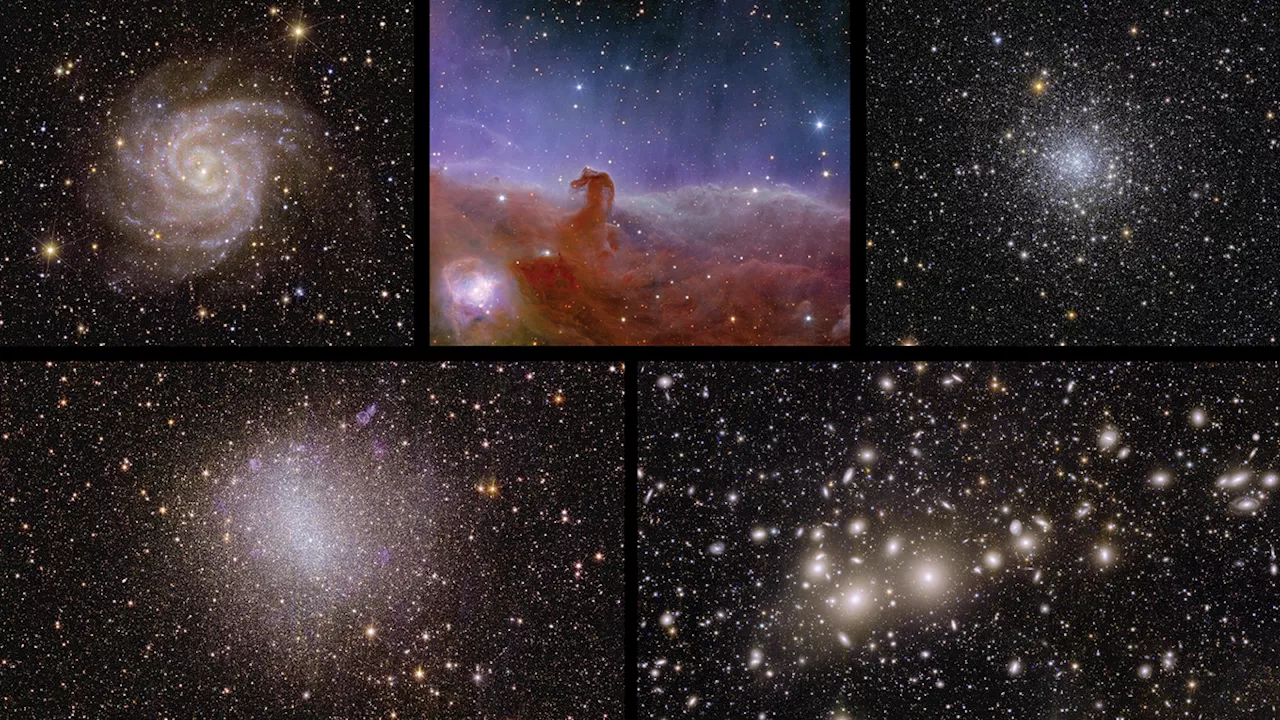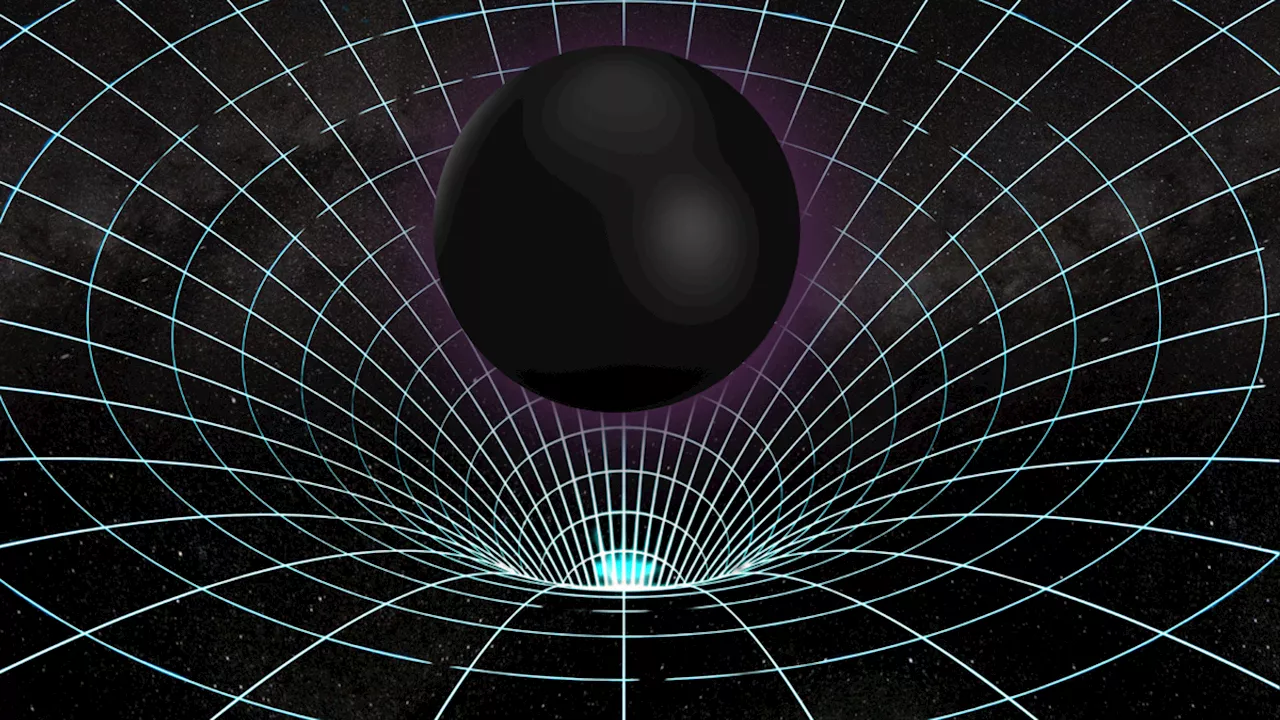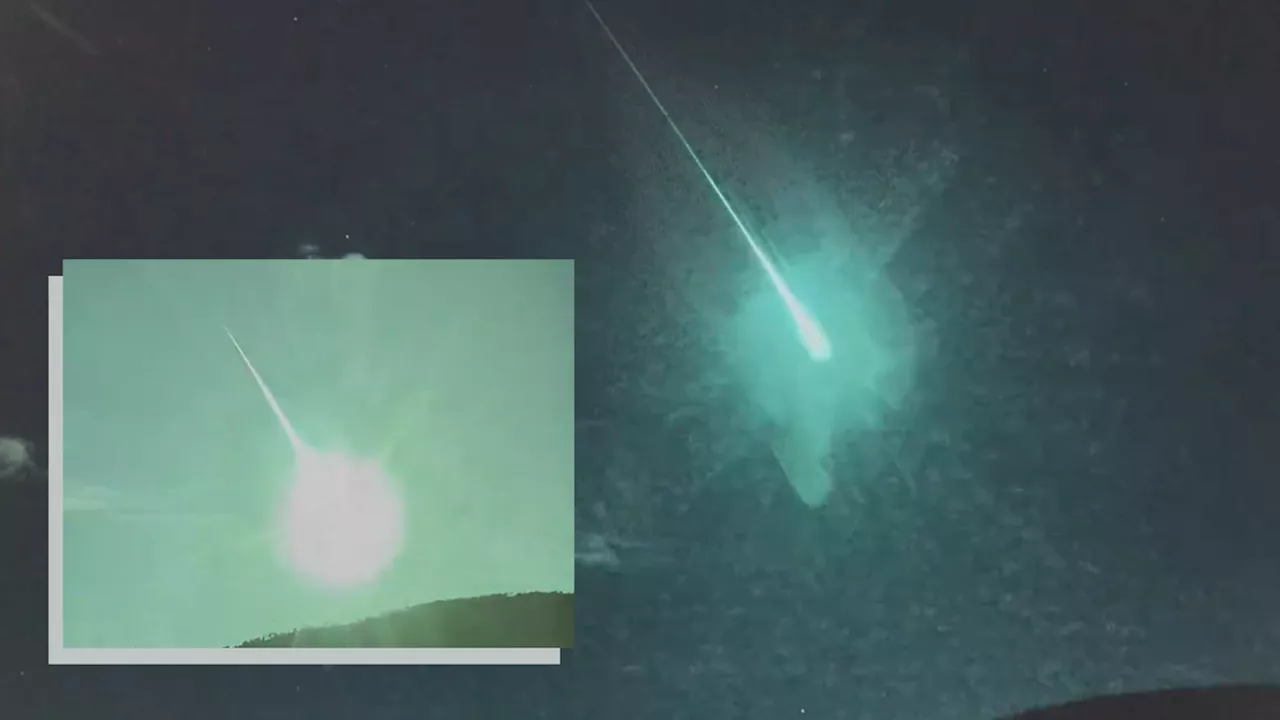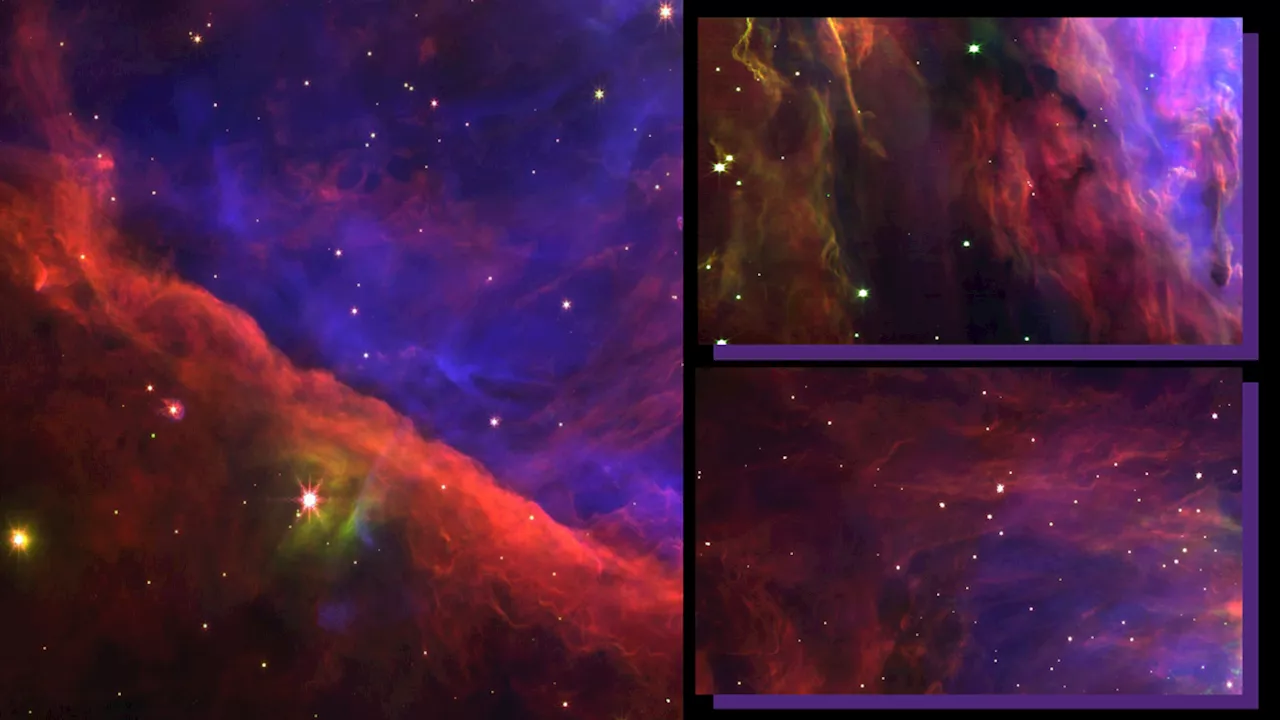Robert Lea is a science journalist in the U.K. whose articles have been published in Physics World, New Scientist, Astronomy Magazine, All About Space, Newsweek and ZME Science. He also writes about science communication for Elsevier and the European Journal of Physics. Rob holds a bachelor of science degree in physics and astronomy from the U.K.
NGC 253 the Sculptor galaxy around which amateur astronomer Giuseppe Donatiello has discovered eight sariellite dwarf galaxies the nie dwarf galaxies that bear Donatiello's nameAn amateur astronomer from Italy has discovered five new dwarf galaxies around a distant spiral galaxy — a spiral that's one of the largest galaxies in the sky over Earth.
— yet thanks to discoveries made from 2004 onwards, we are currently aware of around 60 satellite galaxies around our realm. This is interesting because it may tell us something about dark matter dynamics., extending well beyond the size of the stellar disk," Donatiello said."According to cosmologists, these halos were formed first, acting as a gravitational well for the neutral gas at the origin of the very first stars, creating the first galaxies.
This dilemma has led scientists to question whether the LCDM model can indeed predict that dark matter acts as a scaffold for the formation of the largest structures in the universe, but collapses when investigating the cosmos at smaller scales. Why would it fail to detect sufficient numbers of dwarf galaxies around large galaxies?
Donatiello noted that the reason for this lopsidedness could be connected to the fact that Sculptor Group satellite galaxies are part of a"What we consider satellite galaxies are actually falling objects attracted by the larger galaxy," he explained."In all cases of structures in the same plane or with unbalanced distributions, we find a close relationship with this cosmic filament. So, we can hypothesize that the particular lopsided structure is driven by this scenario.
United Kingdom Latest News, United Kingdom Headlines
Similar News:You can also read news stories similar to this one that we have collected from other news sources.
 Euclid 'dark universe' telescope team will unveil new full-color images on May 23: How to watch liveRobert Lea is a science journalist in the U.K. whose articles have been published in Physics World, New Scientist, Astronomy Magazine, All About Space, Newsweek and ZME Science. He also writes about science communication for Elsevier and the European Journal of Physics. Rob holds a bachelor of science degree in physics and astronomy from the U.K.
Euclid 'dark universe' telescope team will unveil new full-color images on May 23: How to watch liveRobert Lea is a science journalist in the U.K. whose articles have been published in Physics World, New Scientist, Astronomy Magazine, All About Space, Newsweek and ZME Science. He also writes about science communication for Elsevier and the European Journal of Physics. Rob holds a bachelor of science degree in physics and astronomy from the U.K.
Read more »
 Stars give tiny planets a gravitational 'squeeze' to strip away their atmospheresRobert Lea is a science journalist in the U.K. whose articles have been published in Physics World, New Scientist, Astronomy Magazine, All About Space, Newsweek and ZME Science. He also writes about science communication for Elsevier and the European Journal of Physics. Rob holds a bachelor of science degree in physics and astronomy from the U.K.
Stars give tiny planets a gravitational 'squeeze' to strip away their atmospheresRobert Lea is a science journalist in the U.K. whose articles have been published in Physics World, New Scientist, Astronomy Magazine, All About Space, Newsweek and ZME Science. He also writes about science communication for Elsevier and the European Journal of Physics. Rob holds a bachelor of science degree in physics and astronomy from the U.K.
Read more »
 Young 'cotton candy' exoplanet the size of Jupiter may be shrinking into a super-EarthRobert Lea is a science journalist in the U.K. whose articles have been published in Physics World, New Scientist, Astronomy Magazine, All About Space, Newsweek and ZME Science. He also writes about science communication for Elsevier and the European Journal of Physics. Rob holds a bachelor of science degree in physics and astronomy from the U.K.
Young 'cotton candy' exoplanet the size of Jupiter may be shrinking into a super-EarthRobert Lea is a science journalist in the U.K. whose articles have been published in Physics World, New Scientist, Astronomy Magazine, All About Space, Newsweek and ZME Science. He also writes about science communication for Elsevier and the European Journal of Physics. Rob holds a bachelor of science degree in physics and astronomy from the U.K.
Read more »
 Right again, Einstein! Scientists find where matter 'waterfalls' into black holesRobert Lea is a science journalist in the U.K. whose articles have been published in Physics World, New Scientist, Astronomy Magazine, All About Space, Newsweek and ZME Science. He also writes about science communication for Elsevier and the European Journal of Physics. Rob holds a bachelor of science degree in physics and astronomy from the U.K.
Right again, Einstein! Scientists find where matter 'waterfalls' into black holesRobert Lea is a science journalist in the U.K. whose articles have been published in Physics World, New Scientist, Astronomy Magazine, All About Space, Newsweek and ZME Science. He also writes about science communication for Elsevier and the European Journal of Physics. Rob holds a bachelor of science degree in physics and astronomy from the U.K.
Read more »
 Bright green fireball lights up the skies over Portugal and Spain (photos)Robert Lea is a science journalist in the U.K. whose articles have been published in Physics World, New Scientist, Astronomy Magazine, All About Space, Newsweek and ZME Science. He also writes about science communication for Elsevier and the European Journal of Physics. Rob holds a bachelor of science degree in physics and astronomy from the U.K.
Bright green fireball lights up the skies over Portugal and Spain (photos)Robert Lea is a science journalist in the U.K. whose articles have been published in Physics World, New Scientist, Astronomy Magazine, All About Space, Newsweek and ZME Science. He also writes about science communication for Elsevier and the European Journal of Physics. Rob holds a bachelor of science degree in physics and astronomy from the U.K.
Read more »
 James Webb Space Telescope sees Orion Nebula in a stunning new light (images)Robert Lea is a science journalist in the U.K. whose articles have been published in Physics World, New Scientist, Astronomy Magazine, All About Space, Newsweek and ZME Science. He also writes about science communication for Elsevier and the European Journal of Physics. Rob holds a bachelor of science degree in physics and astronomy from the U.K.
James Webb Space Telescope sees Orion Nebula in a stunning new light (images)Robert Lea is a science journalist in the U.K. whose articles have been published in Physics World, New Scientist, Astronomy Magazine, All About Space, Newsweek and ZME Science. He also writes about science communication for Elsevier and the European Journal of Physics. Rob holds a bachelor of science degree in physics and astronomy from the U.K.
Read more »
